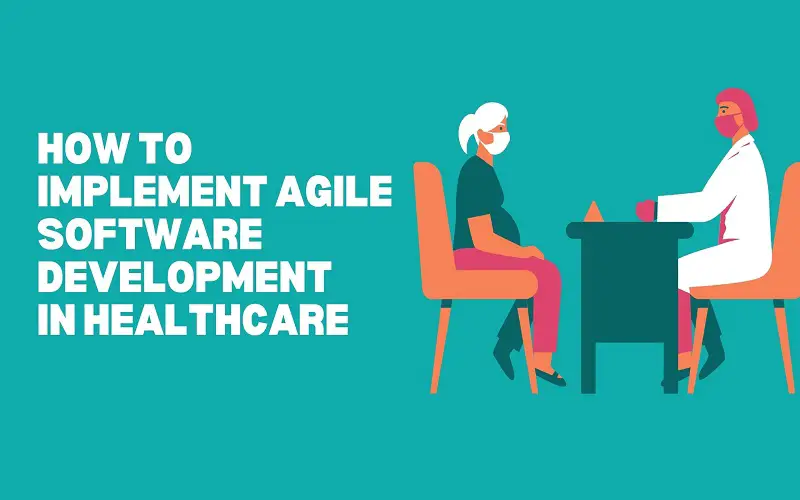The agile methodology is used by many software developments teams as it is very flexible and has room for creative opportunity and receptiveness to change. However, when coming up with solutions surrounding the regulated healthcare industry, most teams are used to the waterfall method of development. It lays out the necessary expectations and requirements before starting any work.
It is worth noting that Agile methodology is very suitable for coming up with solutions for the healthcare industry. When presenting a healthcare application using agile, your company will have to adhere to certain regulatory requirements the same way you would while using waterfall. Some of the key benefits of using agile is that it promotes functionality and innovation as they can be delivered faster. This article tackles how teams can use an adapted Agile methodology to tackle the challenges that teams face when creating healthcare software products.
Agile Development Practices
Some teams are used to the traditional waterfall development process as they are unfamiliar with Agile. Below are some of the core elements and practices that teams can use for developing and using an Agile methodology.
- Sprints: These are the foundation of Agile. We can describe a sprint as a specific period in which a team focuses on giving out sets of product features. They can vary in duration and this will depend on the needs of the project. To develop sustainable healthcare software, it’s best to use sprints worth a duration of two weeks.
- Sprint planning: Before executing a sprint, the whole team comes together and plans the activities that will happen during the sprint. During sprint planning, the team will indulge themselves in a set of user stories. User stories are used to define the functionality and behavior of a story.
- Sprint demonstration: When a sprint comes to an end, the team can demonstrate their work. This is an opportunity to get feedback from the product owner and make necessary adjustments.
- Sprint retrospectives: When a sprint comes to an end, the team reviews the sprint and pinpoints areas that worked well and things that require some improvement. This makes it possible for the team to review their work continuously.
- Daily stand-ups: They are short daily meetings in which each team member comments on what they are working on. Moreover, they also share if they are getting any blocks. Through these meetings, they get to share ideas on how to solve these problems.
- Backlog: This is a list of prioritised features or user stories that provide details of what is needed to build the product. The backlog is the property of the product owner. Therefore, he/she has to define and prioritise the user stories in it. Moreover, the product owner has the mandate of making feature trade-off decisions regarding product vision and business requirements.
- Sprint board: This is a tool that the team uses to organise and provide opinions on the work status in the current sprint.
Agile Software Development is Great for Healthcare Projects
Agile development methodology works best for a majority of healthcare solution projects as it makes it possible for product teams to accurately capture the features and elements that are crucial to end-users and prioritise the delivery of these features. At the end of it all, it should be able to deliver essential software that will address the needs of the end-users.
While securing the best healthcare solutions, it’s best to secure the security of healthcare information. There must be special considerations to make sure patients’ information is safe from unintentional or intentional access by people who have the authority to access this information. To achieve a delivered healthcare solution, you will have to secure protected health information.
In a Nutshell
While implementing agile, you need to be more familiar with Agile practices. You have to make necessary adjustments for yourself regarding your ability to adopt Agile principles to achieve the needs of the organisation. Like any other product, you will have to avoid risks. Agile comes with a risk management process that will help handle this.




